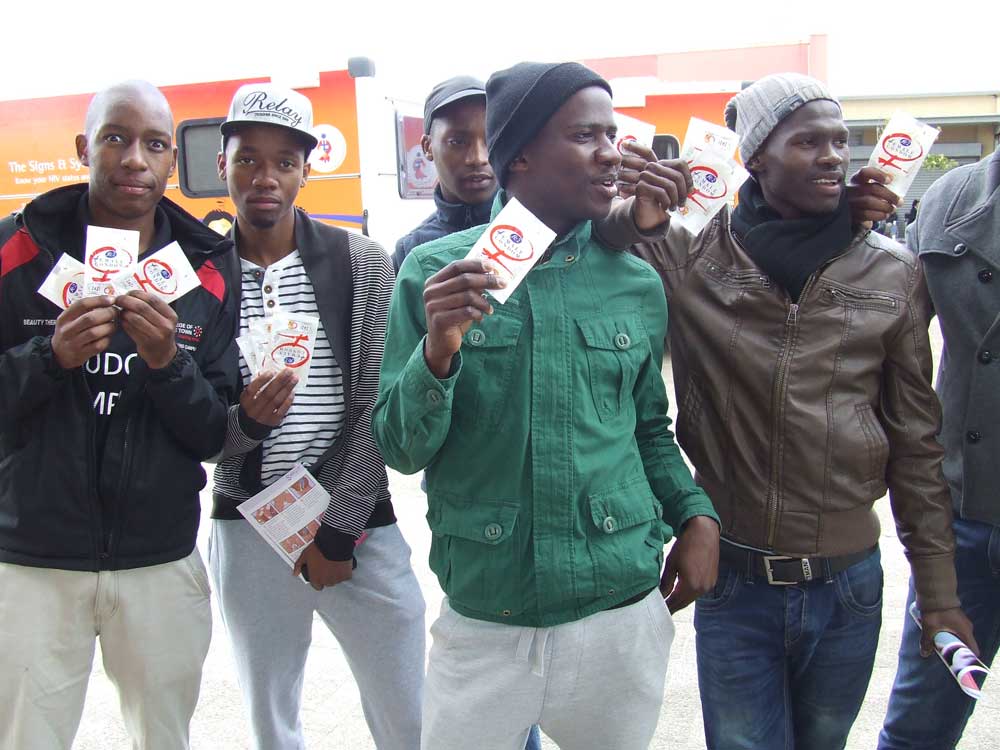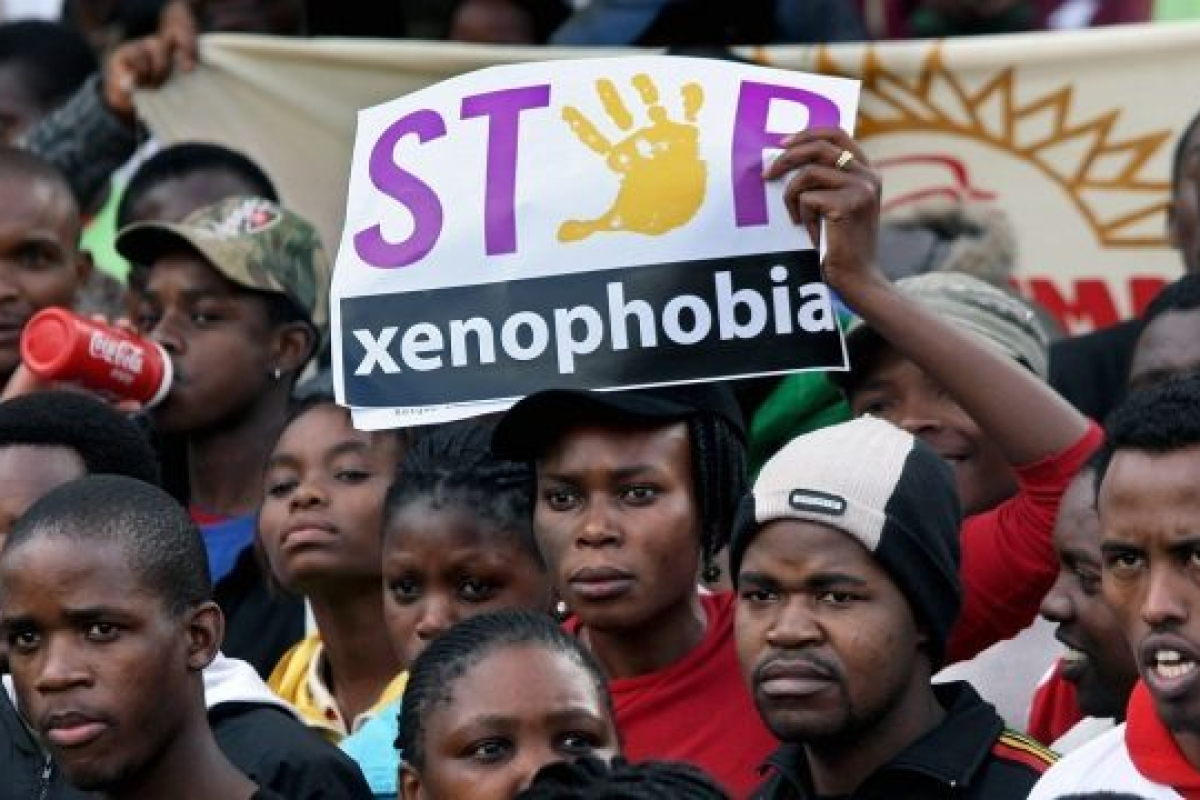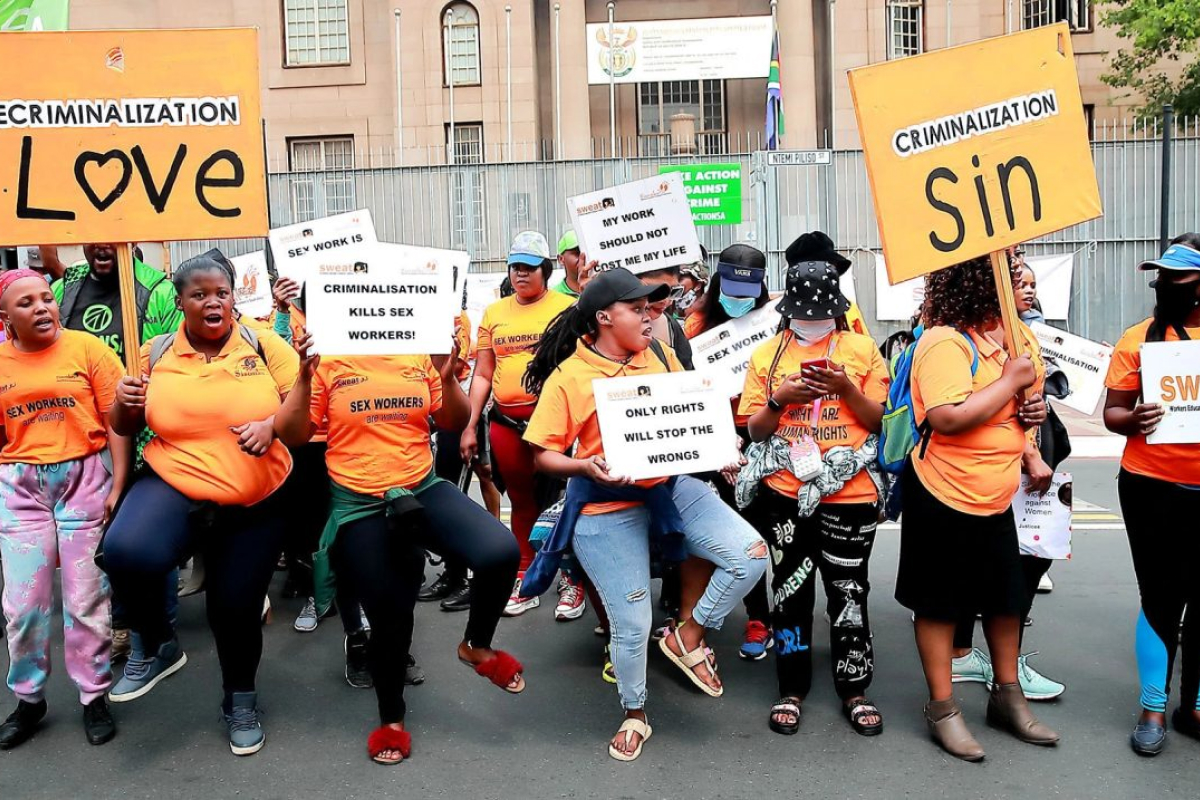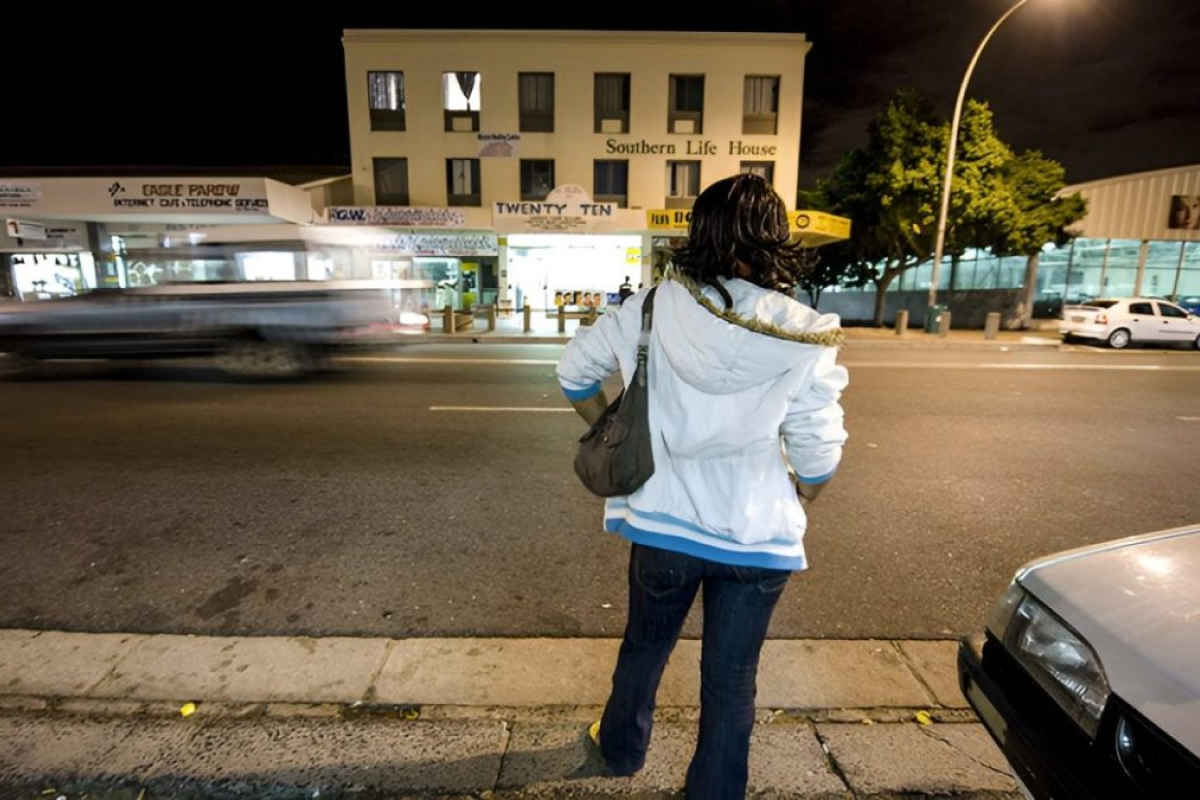Dr Aaron Motsoaledi draws attention to the need to increase men’s uptake of testing and treatment services – goals from the NSP we must ensure are met!
In South Africa, and in fact across the world, men are chronically underrepresented in HIV services, as they are in health services more generally. This was recently highlighted during the Minister of Health’s address during the opening ceremony of the 6th SA AIDS Conference held in Durban on the 18th of June, 2013. Dr Aaron Motsoaledi shared that recent modelling on HIV and AIDS, using the best possible data available, found that South Africa now has 2.1 million people on anti-retrovirals; that 80% of eligible HIV positive women are on treatment and that 65% of eligible men and children are on treatment.
Indeed, the Health Minister is correct that men made up only 30% of the nearly 13 million people who got tested during South Africa’s national HIV testing campaign. In addition to this men also access HIV treatment later than women and often eventually access services with severely compromised immune systems. Once on treatment men are more likely than women to interrupt treatment; to be lost to follow-up; and to die while on treatment. New research on gender and AIDS mortality reveals that men are 35% more likely to die of AIDS than women. This is obviously bad for men but it is also bad for women who frequently take care of men when they are sick and grieve their unnecessary deaths.
An article in The Lancet entitled “Expanding HIV care in Africa: Making Men Matter” makes the point that: “encouraging men to get tested and into treatment is a major challenge, but one that is poorly recognised;
…Addressing these issues effectively means moving beyond laying blame, and starting to develop interventions to encourage uptake of prevention, testing, and treatment for men—for everyone’s sake.”
In order to affect men’s uptake of testing and treatment services we need to address men’s poor health seeking behaviour, which is in part caused by masculine gender norms which equate illness with weakness, and weakness with emasculation. We must also not forget that men are afforded few opportunities to enter the health-system, in contrast to women who are offered the opportunity through antenatal care services. Thus getting men involved in HIV services needs holistic and integrated interventions. Globally this problem is not given much attention in National Strategic Plans. Sonke’s global scan of NSPs from 16 countries, and regional scan of 14 countries, reveals that NSPs hardly ever emphasize the need to increase men’s uptake of testing and treatment services, or the potential to encourage men to support their peers to do the same.
Addressing the gaps
The same cannot be said however for South Africa’s 2012-2016 National Strategic Plan. Sonke, along with many other organisations, worked hard during the development of the NSP to ensure that progressive language was included. Sonke specifically worked to ensure that language focusing on the need to engage men was emphasised. It is a great achievement that the following language appears within the 2012-2016 NSP:
- ”Data from the 2010-2011 national HCT campaign indicates that men represented only 30% of those who tested. Efforts must be made to increase men’s health-seeking behaviour, including participation in HCT… Loss to follow-up of people living with HIV with high CD4 counts and not in immediate need of ART is high. This results in many patients returning late to care, when they are ill and past the point when they should have started ART for maximum benefit. This is especially true of men who under-utilise health services.”
- “Gender Roles and Norms – Challenge the gender roles, norms and inequalities that increase women’s vulnerability to HIV and compromise men’s and women’s health; address the position of women in society, particularly their economic standing; and engage with men on changing socialisation practices.”
It is even more impressive that language which outlines concrete solutions was included, such as:
- “Education for learners and parents on gender norms and transformation.”
- “A comprehensive national social and behavioural change communication (SBCC) strategy must serve to increase demand and uptake of services, to promote positive norms and behaviours and to challenge those that place people at risk (including norms that discourage men from accessing HIV, STI and TB services, contribute to violence against women, multiple partnerships and those that encourage alcohol consumption).”
Turning words into action
One and a half years into the 2012-2016 NSP, it now is crucial that the commitments laid out in the NSP are put into action and that work is done to ensure the targets are met. At Sonke we intend to monitor the implementation of the commitments to engage with men, as best we can.
In its role as the secretariat of the Men’s Sector, Sonke will work together with the membership of the Men’s Sector to gather information from local, district and provincial AIDS councils to assess the extent to which the aims to address and transform gender norms and reach men are taking shape on the ground.
We will pay particular attention to whether campaigns are rolled out to address gender norms and notions of manhood that discourage men from accessing testing and treatment services, as well as psycho-social services; as well as whether implementation efforts are enabling and supporting men, in practical ways, to improve their use of HIV services, especially testing; early uptake of, and adherence to, treatment; and medical male circumcision.
Where these activities are found not to be taking place, Sonke will engage with the South African government to determine what support is needed to move these activities forward. In this regard, Sonke also intends to develop a guide to implementing the activities within the NSP aimed at engaging men and transforming gender norms, in order to support this important work in various settings.
We are excited about the next five years and believe that if we can deliver on the ambitious commitments included in the new NSP we will really make important progress. South Africa’s long-term vision plan is to ensure that within 20 years there are Zero new HIV and TB infections, Zero deaths associated with HIV and TB and Zero discrimination related to HIV and TB. What we achieve in the next five years will determine whether we can achieve that. There can be no doubt that we need to–for the health of men and women in South Africa.
The lessons we are learning from this process in South Africa are also being applied internationally. We have begun concerted work to draw attention to the importance of improving health system engagement with men and are in conversation with the World Health Organisation, UNAIDS and UNFPA to achieve changes in global plans and policies. Watch this space!








